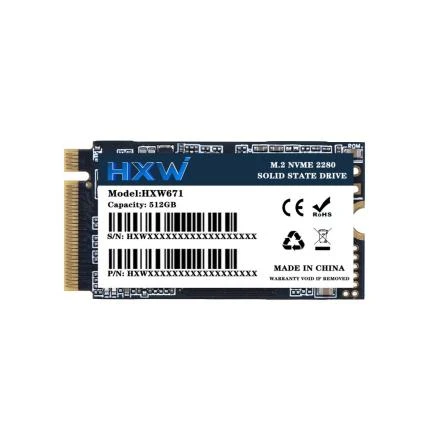The HXW M.2 PCIe SSD delivers high-performance storage for gamers, creators, and power users. Leveraging a PCIe Gen 3×4 interface and NVMe protocol, it achieves sequential read speeds up to 3,500 MB/s and write speeds up to 3,000 MB/s. Its standardized M.2 2280 form factor (22×80mm) enables tool-free installation in desktops, laptops, and consoles. With an endurance rating of 1.5 million hours MTBF, it ensures reliable long-term operation.


1. Look the Same, Perform Differently: Physically identical M.2 slots can house vastly different drives. The critical distinction lies underneath: SATA SSDs use the older SATA interface, while PCIe SSDs leverage the faster PCI Express bus directly.

2. Interface & Protocol Divide: SATA SSDs are limited by the SATA 3.0 interface (max ~600 MB/s). PCIe SSDs use the faster PCIe lanes and the efficient NVMe protocol, bypassing the SATA bottleneck for significantly higher potential speeds.

3. Speed Gap: This is the key difference! PCIe SSDs (especially Gen3/Gen4) offer dramatically faster speeds – often 5-10x faster than SATA SSDs (e.g., 3500-7000 MB/s vs. ~550 MB/s). This means quicker boot, app loads, and file transfers.

4. Choosing: Choose PCIe/NVMe for maximum speed in modern systems (gaming, video editing). SATA M.2 remains a good, budget-friendly upgrade over HDDs, especially if your older motherboard lacks NVMe support or PCIe lanes. Consider price and compatibility.

Larger capacities often perform better, especially during sustained writes. Bigger drives typically have more NAND chips and channels, enabling greater parallelism for faster data access. They also feature larger SLC caches (or pseudo-SLC buffers), maintaining peak speeds longer before slowing down. Endurance ratings also usually increase with capacity.

¡Estamos esperando tu contacto!